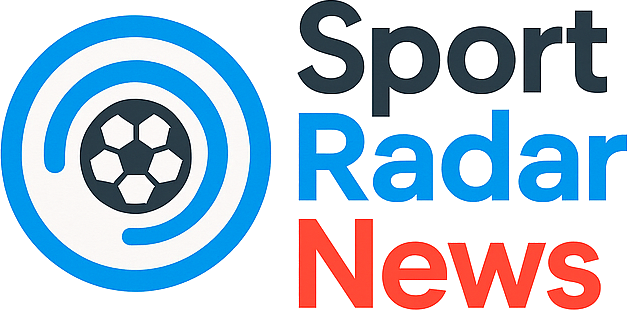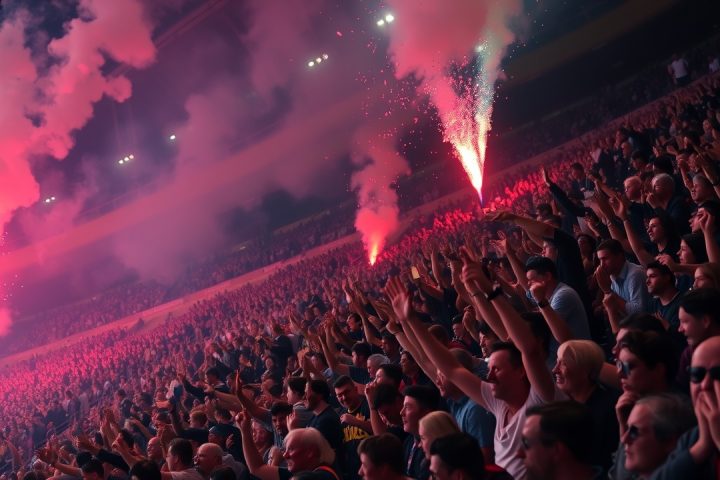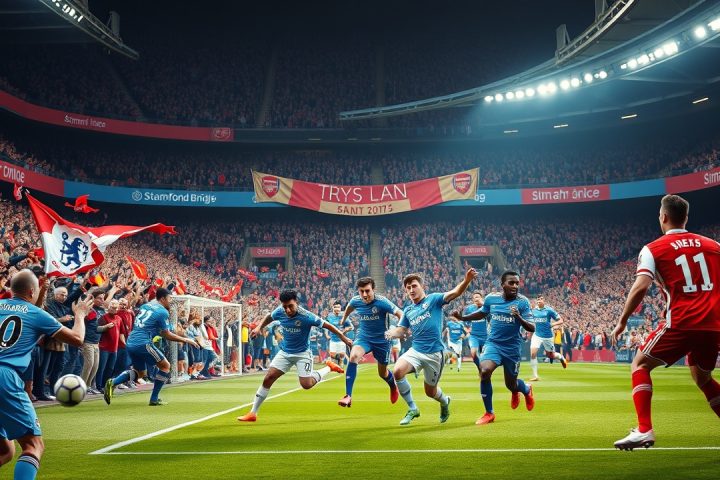Alessandro Galleni on the Transfer Market
Alessandro Galleni, who has held the position of chief strategy officer for Genoa since November 2022, discusses the intricacies of the transfer market in light of the club’s historical significance and current financial challenges. While Genoa boasts a rich legacy and ranks fourth in Serie A titles after powerhouses like Milan, Inter, and Juventus, the club finds itself navigating a modern landscape dominated by wealthier rivals. For Genoa, astute recruitment and financial planning are paramount for maintaining competitiveness in this climate.
Factors Influencing Transfer Fees
Galleni emphasizes that several elements contribute to a player’s transfer fee, including not only wages and contract length but also age, playing position, and the specific needs of a club. He highlights that a player’s potential for growth can inflate their price; an athletically gifted player has a higher ceiling for improvement compared to technically skilled players who rarely enhance their physical capabilities.
“Players often develop physically up until around the age of 23, gaining in strength and speed. It’s essential to assess where each individual is in their development process,” Galleni remarks.
He provides the example of Mateo Retegui, a forward acquired by Genoa from Boca Juniors for €12 million in 2023-24. After showing his abilities, Retegui was sold to Atalanta for €22 million, plus an additional €3 million in bonuses, and subsequently moved to Al-Qadsiah in Saudi Arabia for a staggering €60 million, plus €7 million incentives. This upward trajectory underscores that the variations in transfer fees stem not just from player improvement but from a combination of market dynamics at play.
Genoa’s Recruitment Strategy
During his time at Genoa, Retegui scored a modest seven goals, primarily due to the conservative tactical setup that did not fully leverage his strengths. Atalanta recognized his potential and offered a more offensive framework, leading to his eventual success as Serie A’s top scorer and a standout in the Champions League.
Within Italian football, Galleni notes that Genoa tends to sidestep intermediaries for direct club-to-club negotiations, though the global nature of football often necessitates some reliance on these connections. While scouting internationally, the club faces challenges in identifying other teams’ player availabilities and needs. As Galleni explains, personal relationships and trust are critical for successful negotiations even amid a landscape filled with online tools for connecting players and clubs.
The landscape complicates matters further with managerial stability rarely seen outside elite teams. Genoa’s strategy involves recruiting players they can nurture and later profit from, a model aimed at sustainable operations. This includes a specified profile for prospective managers who align with its developmental ethos. Last season, Genoa notably ranked sixth among the top five European leagues for first-team minutes granted to players under 18, demonstrating their commitment to youth development.
“We cannot match the resource acquisition of larger clubs or secure well-established star talents. Our focus is on providing young players with the chance to flourish while maintaining a solid core of experienced professionals who embody our club’s values,” Galleni acknowledges.
Investment in Youth Development
The process of player acquisition starts with identifying those who fit specific profiles and then determining alternatives should the primary target be financially out of reach. This flexible approach to recruitment allows Genoa to adapt and find competent players who complement the squad’s needs without being bound to specific individuals.
One area where the club has invested heavily is in its youth program, highlighted by the opening of a new training complex at Badia di Sant’Andrea, aimed at attracting young talent. Galleni describes this initiative as vital, illustrating that successful talent development is both a strategic investment and a pathway for seeking new prospects. An example he shares is Honest Ahanor, a promising defender whose potential earned him a move to Atalanta for a fee that could rise to €20 million, reflecting Genoa’s commitment to nurturing talent.
Additionally, Galleni points out the need for teams to consider players who may have struggled in previous roles but possess untapped potential. The intensity of Genoa’s environment demands players who can withstand pressure, and those who thrive under such conditions are seen as ideal fits. With a loyal support base of over 28,000 season-ticket holders, the club strives for athletes who align with its competitive spirit.
Scouting Strategies
Scanning Scandinavian leagues for players has become a consistent strategy for Genoa, as Galleni notes a favorable compatibility with this region predicated on shared attributes like resilience. Continuity in scouting has yielded talent from Denmark and Norway, affirming that while innovative approaches to recruiting are vital, tapping into known quantities within familiar markets remains equally beneficial.




